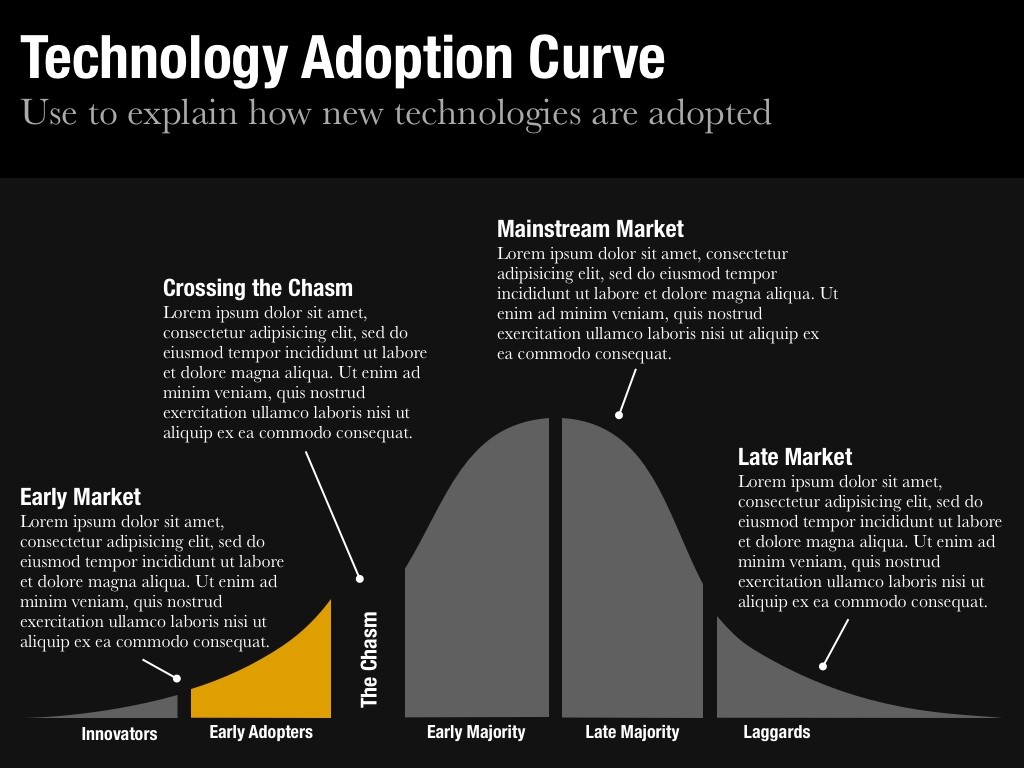Buzz vs. bucks
The difference between doing cool stuff and doing stuff that gets results. Does there need to be a difference?
Note: This is a message I shared internally with the Buffer marketing team. I’m excited to make it transparent here (with a few edits for clarity). You can check out more transparent articles here.
Imagine a spectrum: on one side is a team fully focused on projects that are cool and buzzworthy (and a little risky) and on the other side is a team focused on validated channels and projects that get results.Where would today’s version of your marketing team be?Where would you have imagined you were two years ago?Four years ago?Where would you like to be ideally?Of course, it’s entirely possible that “Do Cool Stuff” and “Get Results” don’t have to be mutually exclusive. You can have it both ways. At Buffer, we have had (and perhaps currently do have) times when both things are true of our work.In other cases, it seems like the buzz vs. bucks (cool vs. conversion) debate requires a tradeoff. If you want to convert visitors into users to meet your goals, you’ll likely choose validated, proven tactics and channels. If you want to do cool stuff that no one else is doing, you cannot — by definition — do anything that’s been validated.There are a lot of different factors that go into why teams move along this spectrum between cool and conversion. Here are a couple:
- Maturity — When you’re just starting off with a brand new product, you need attention. A surefire way to get attention is to try new and original things. In that sense, the early days of Buffer may have felt more buzzworthy than today because, back then, they had to be buzzworthy.
- Competition — If you’re in a very competitive space, buzzworthy work can be a differentiator. This one’s interesting because I think Buffer’s buzzworthy work is somewhat evergreen in nature: we are perceived as different and unique from competitors because of our culture and values and “human” positioning.
In some ways, this movement along the spectrum reminds me of how marketing changes along the Technology Adoption Lifecycle (below, from Crossing the Chasm). My assumption is that “buzzworthy” tactics are more common at the ends of the bell curve and that “conversion” tactics dominate in the middle.
(image via Slidevana)Without getting too into the depths of this topic, it’s also interesting to consider why it might be easier for a company to do “cool” or “conversion.”Does team size matter?Does goal-setting have an impact?What about things like “get 1% better every day”?Do these prime us to fall into a particular place on the spectrum?I don’t know the answers, but it has been fun to think about!In fact, I’m not even sure that anything needs “fixing” for our team. At the moment, we have a mix of cool and conversion: for example, we did a remote work report (cool!) and we’re optimizing our AdWords (conversion!). What this brings to mind is the 70/20/10 ratio popularized by Coca-Cola that guides their marketing efforts:
- 70% of your time on validated tactics and channels
- 20% of your time on exploring new ideas
- 10% on wild and cool things
Eventually, the successful “wild and cool” things become validated tactics and channels, older validated tactics and channels go away, and the cycle repeats.What do you think? Does this spectrum resonate with what you see at your company and beyond?

